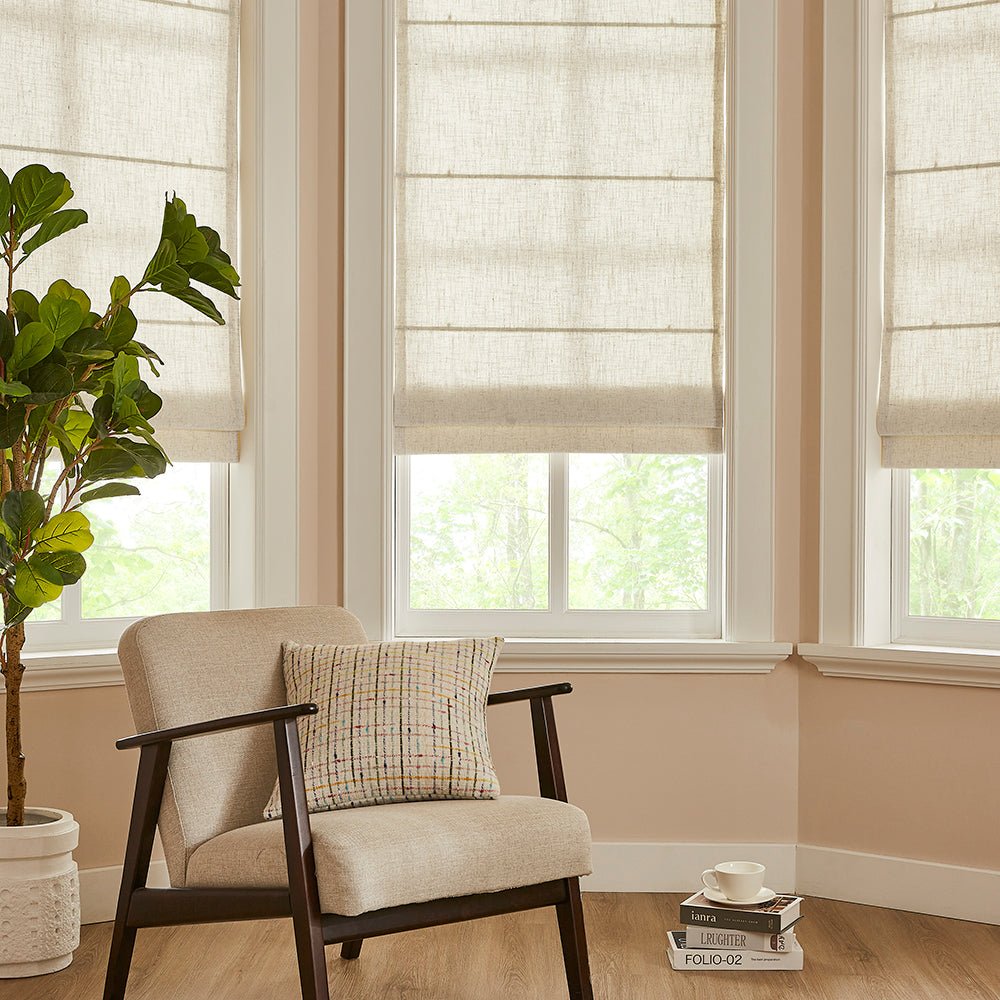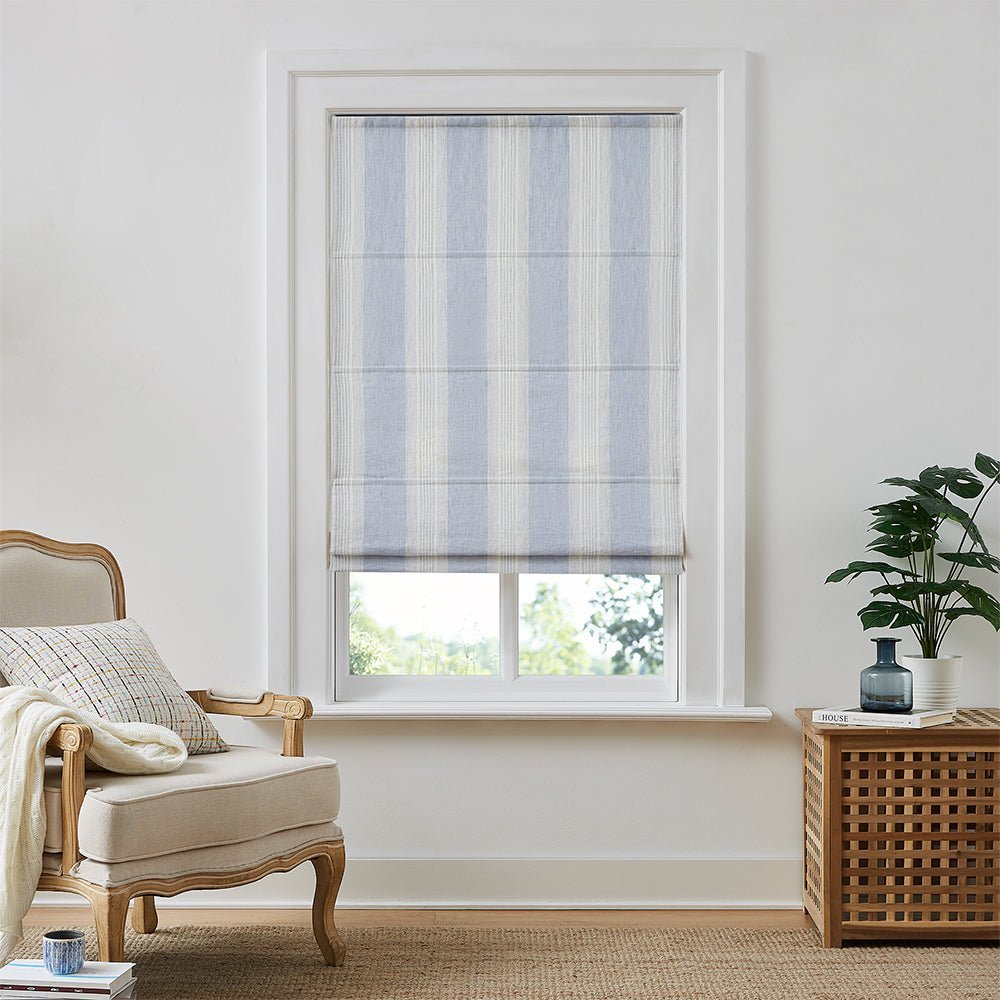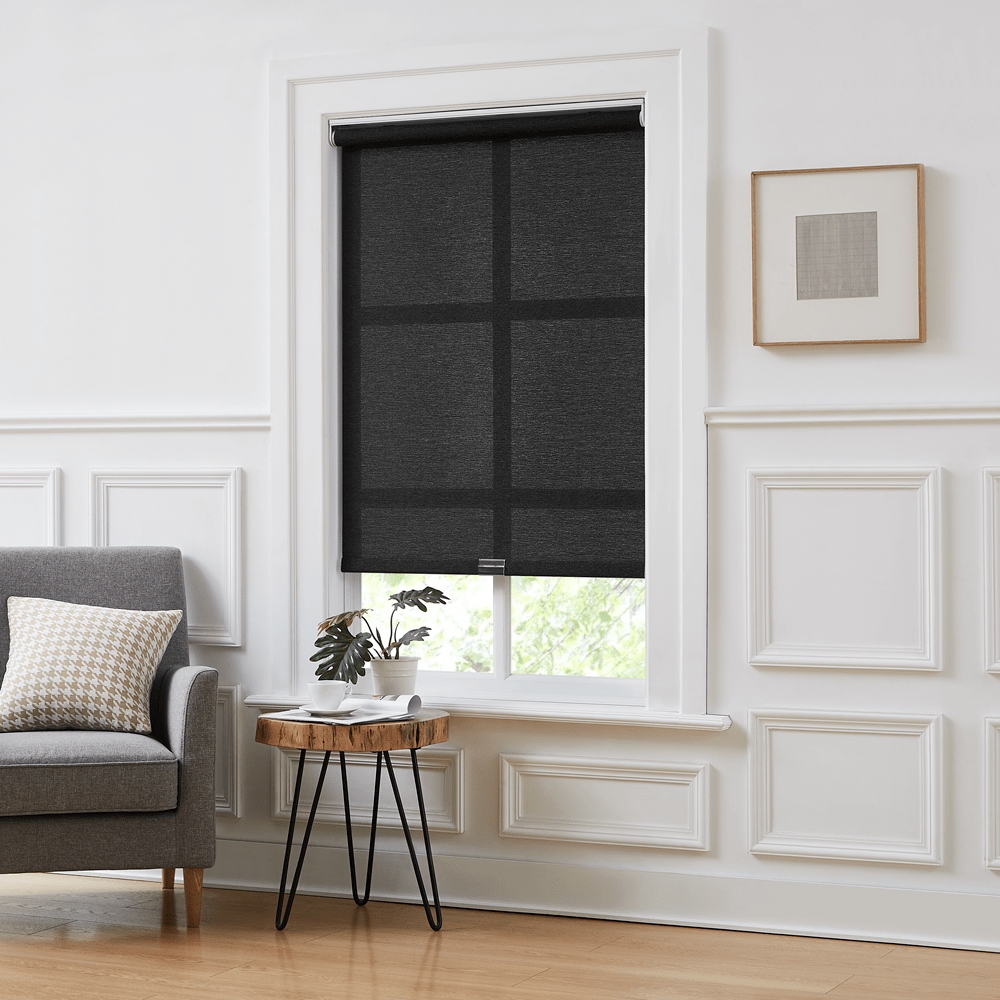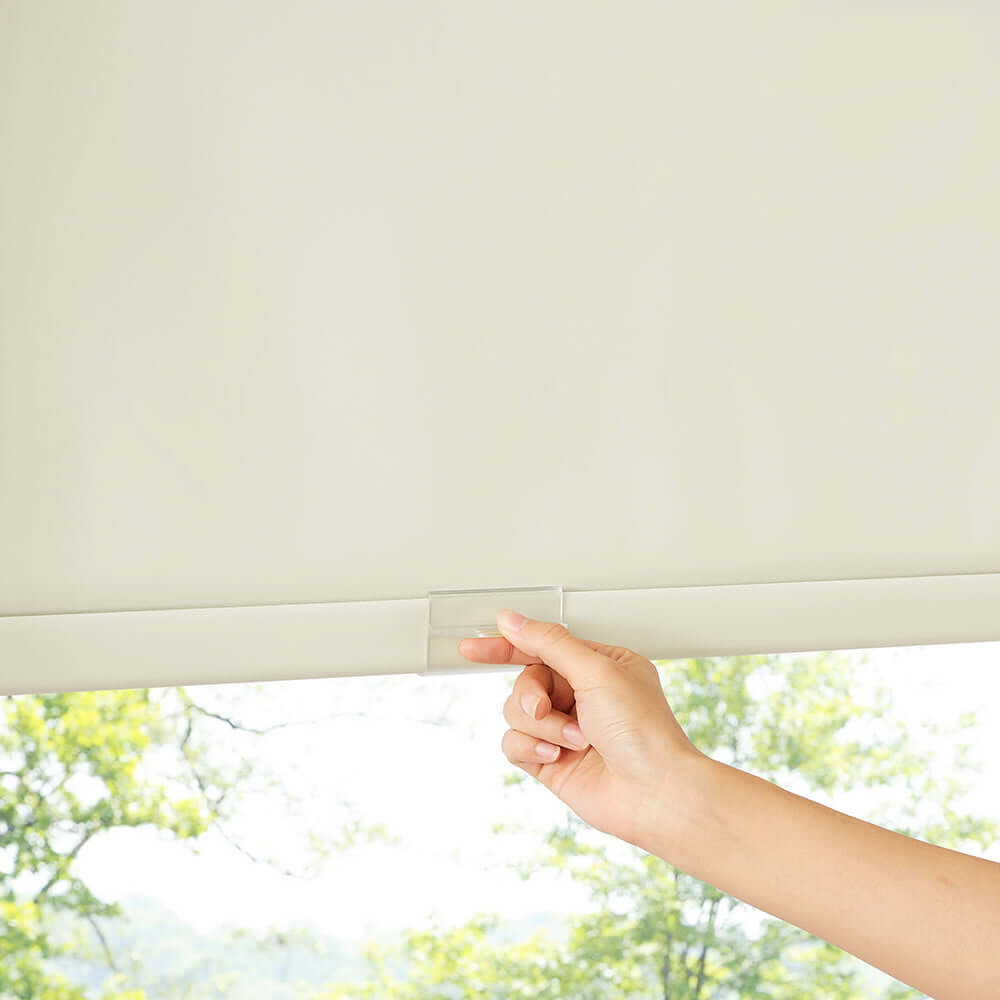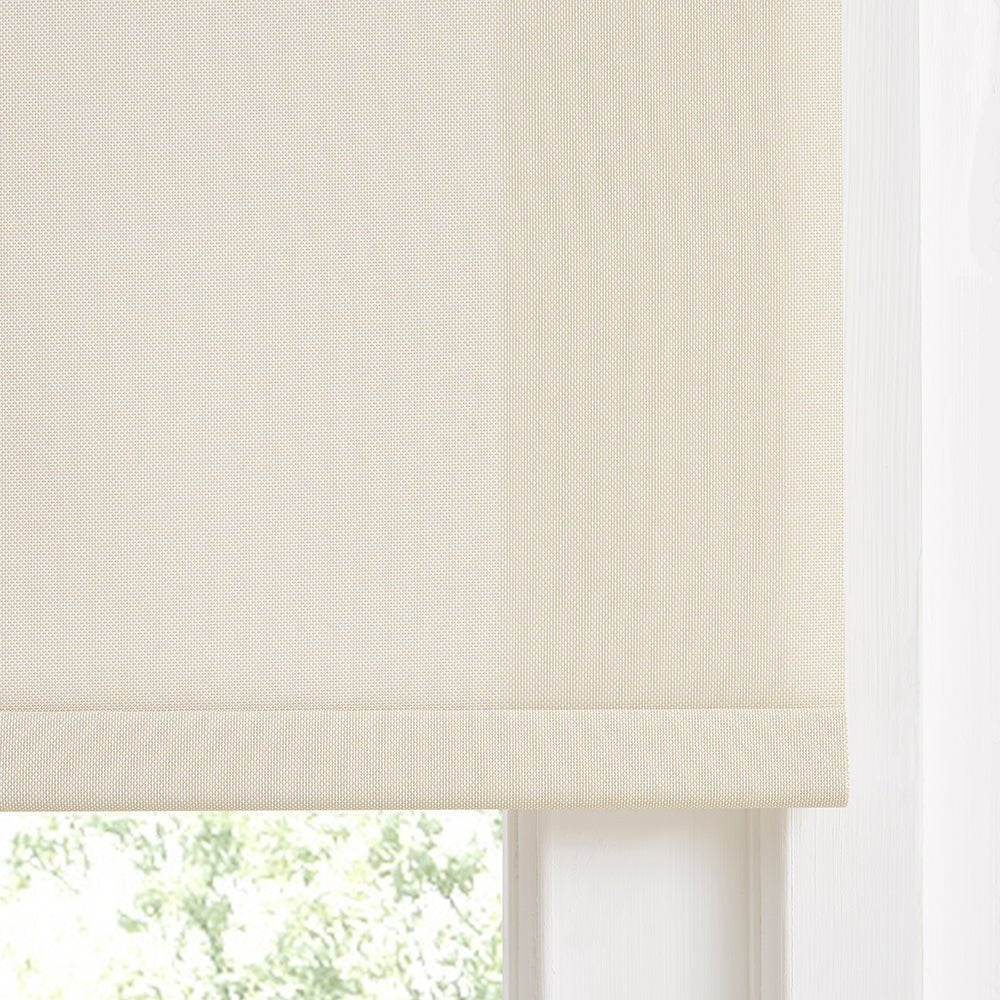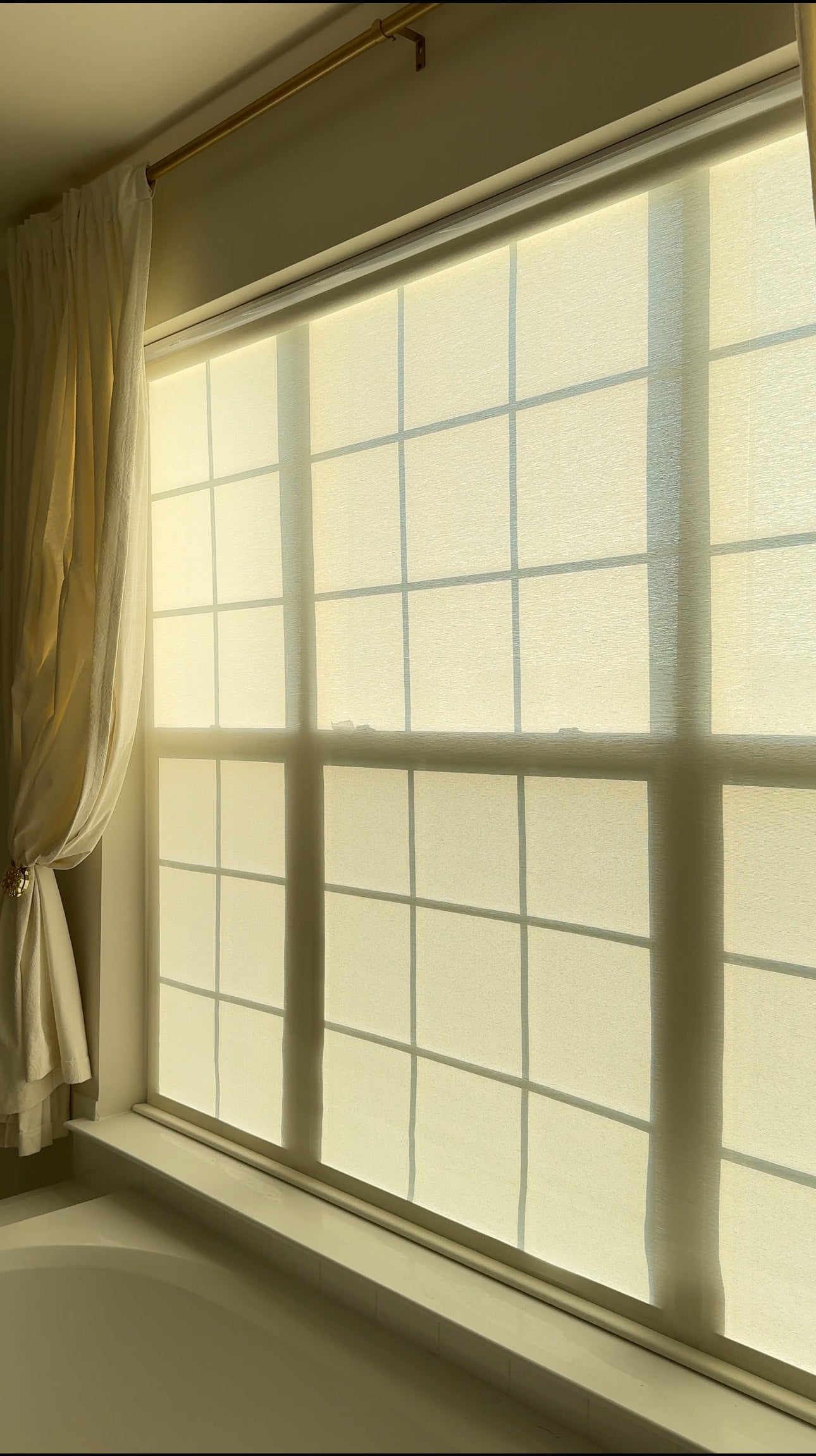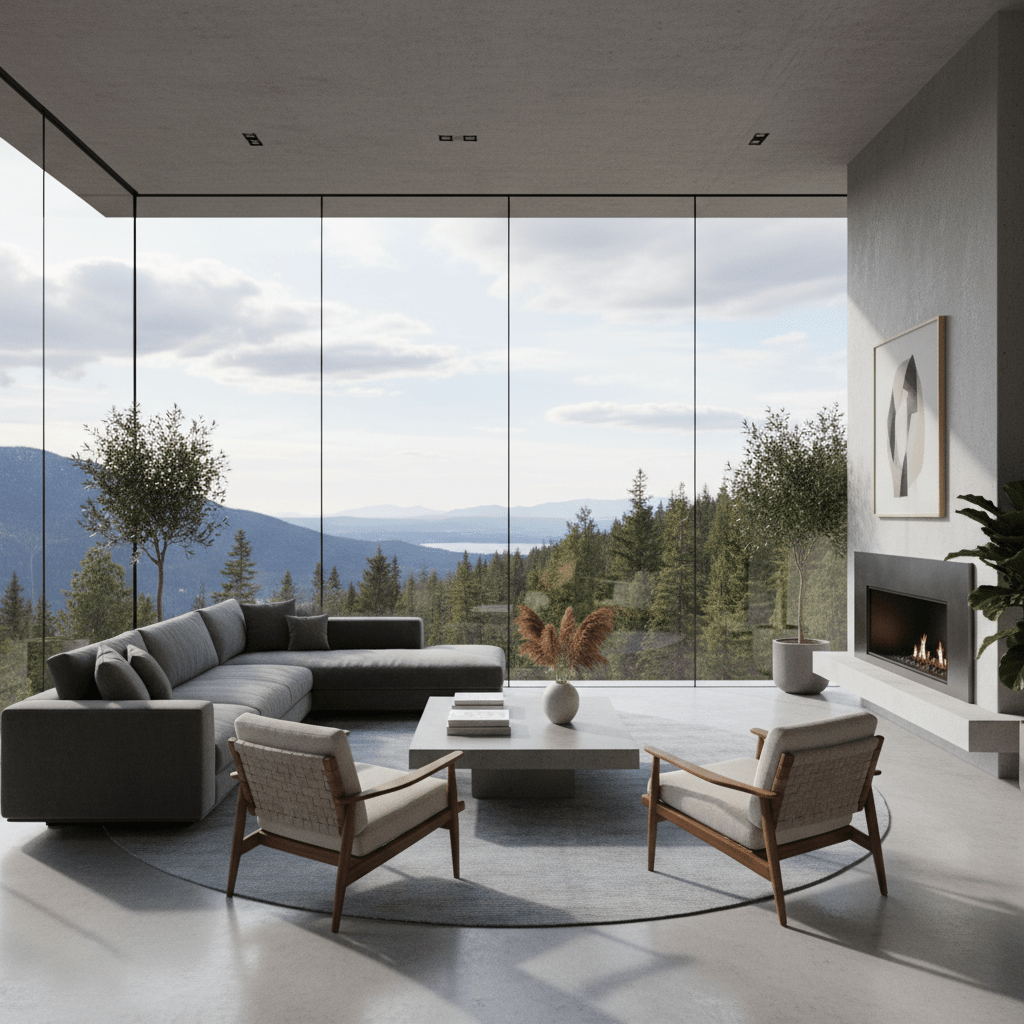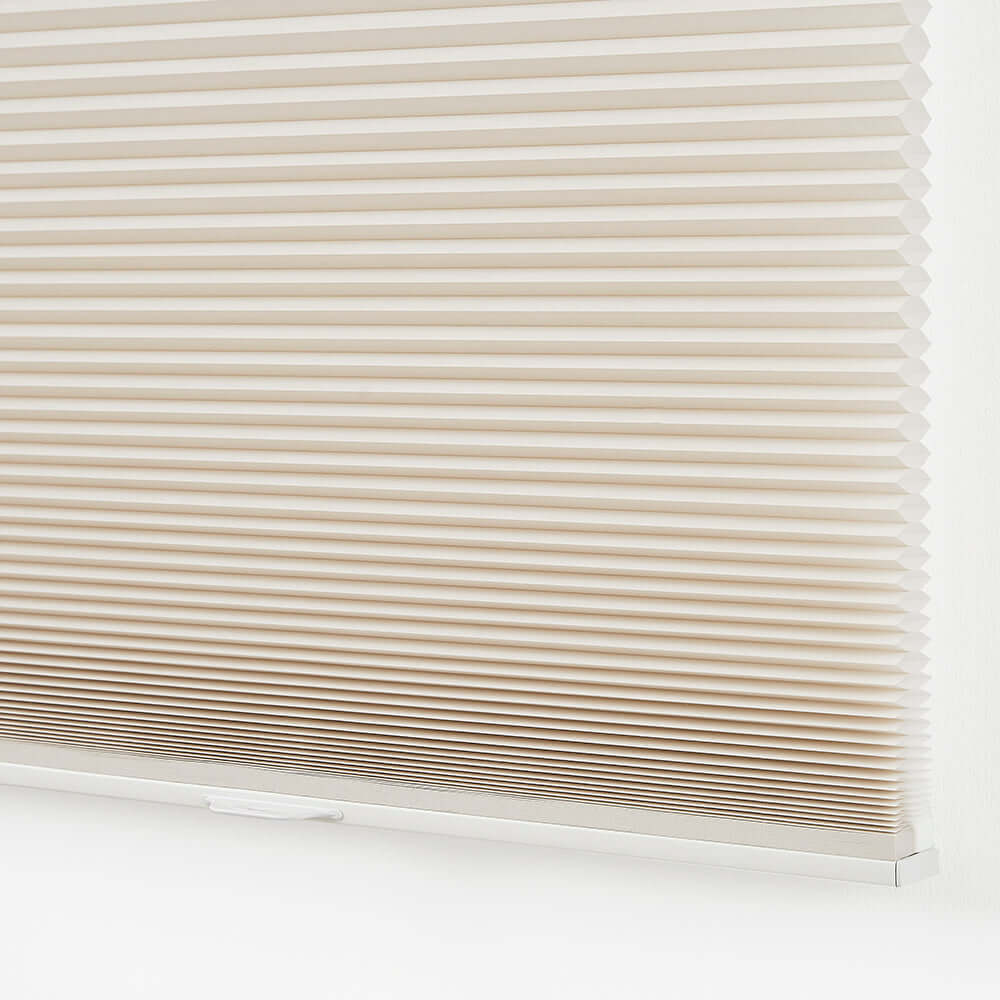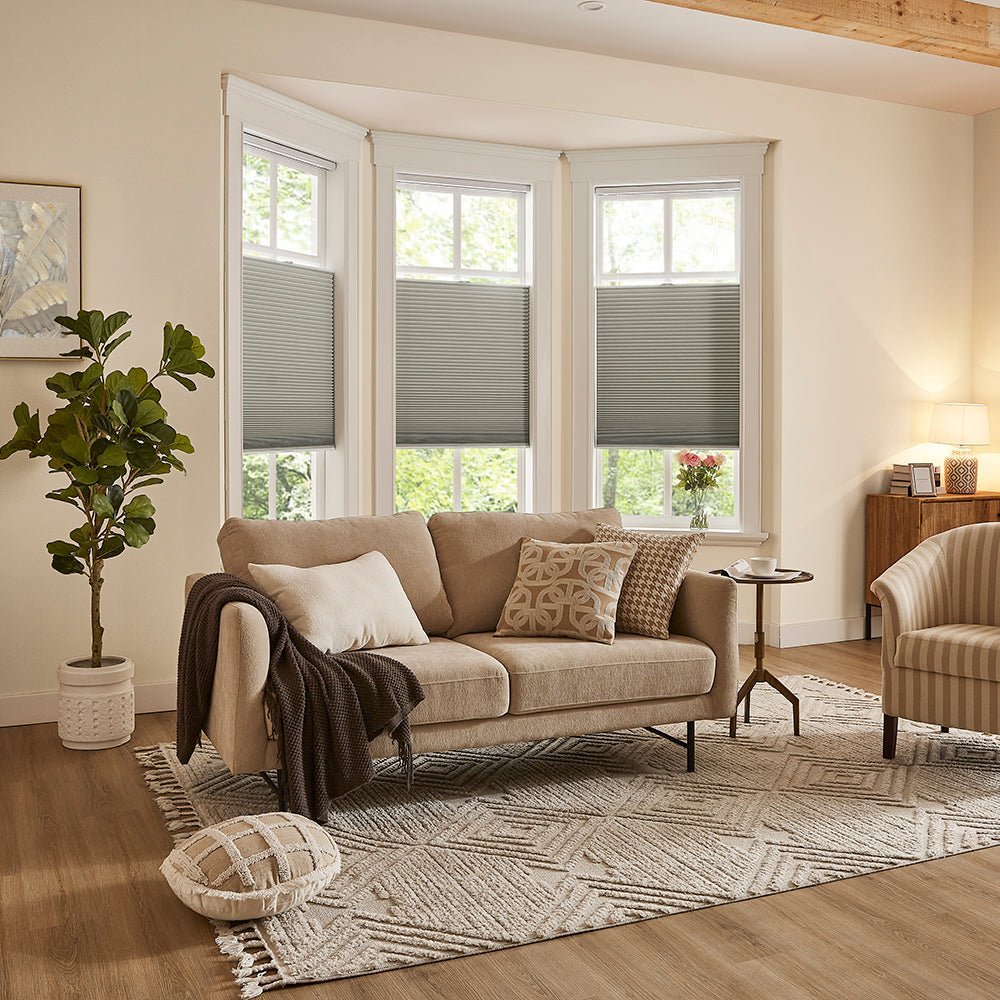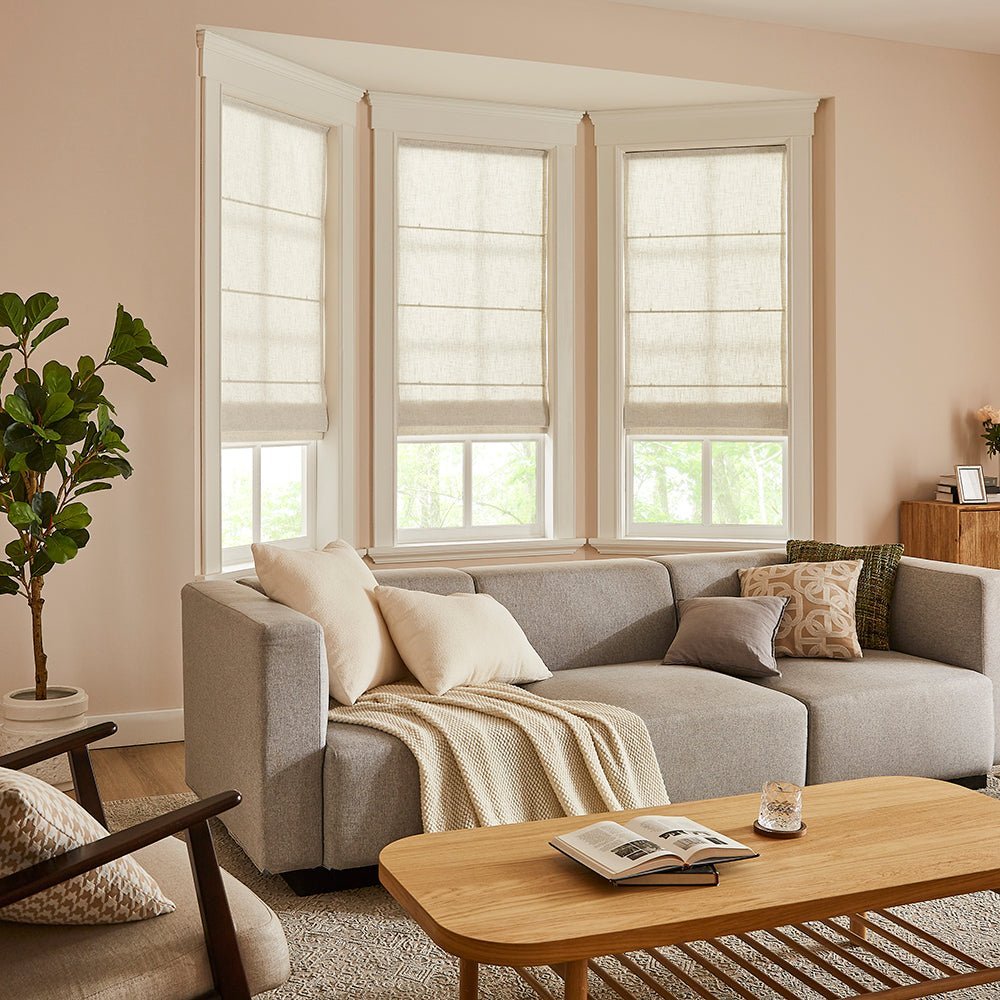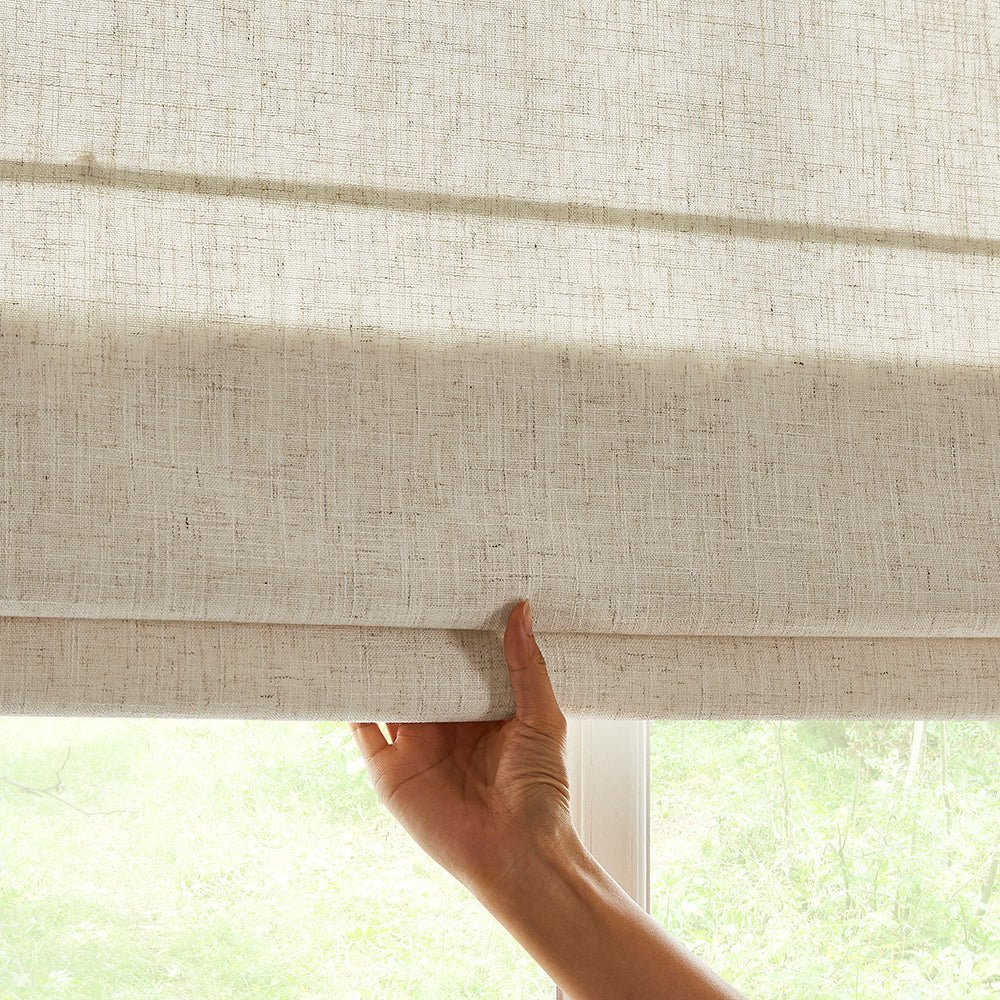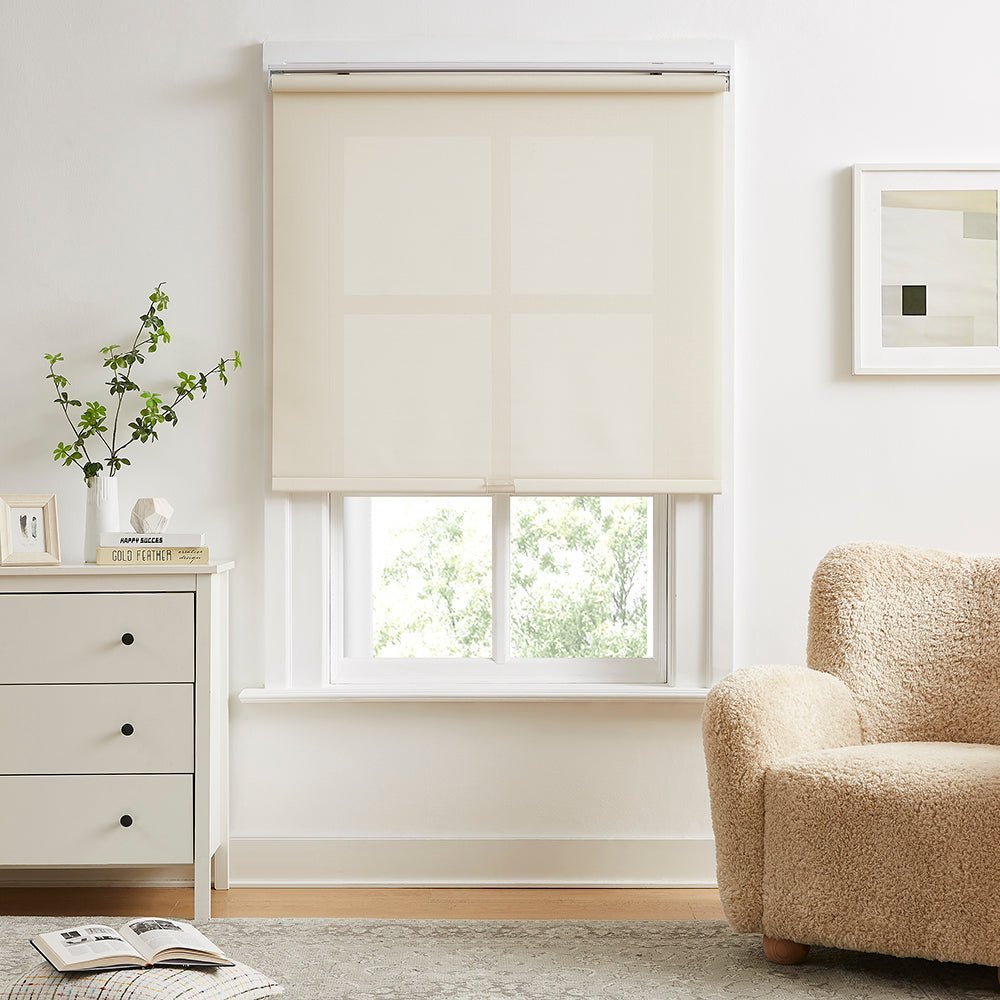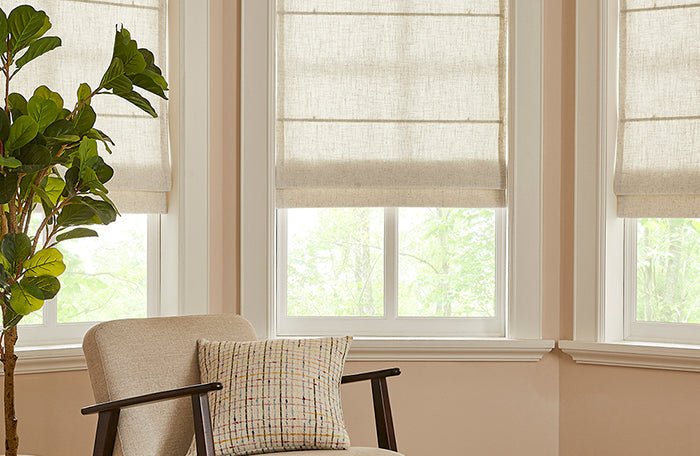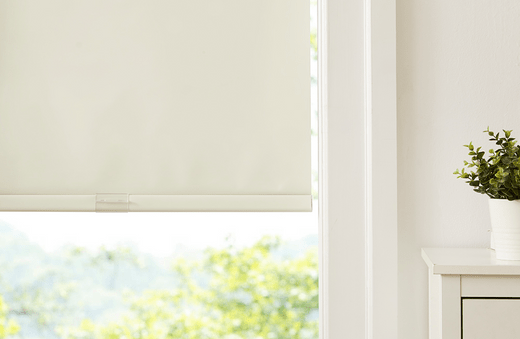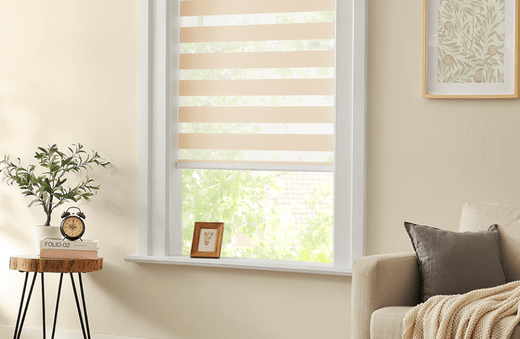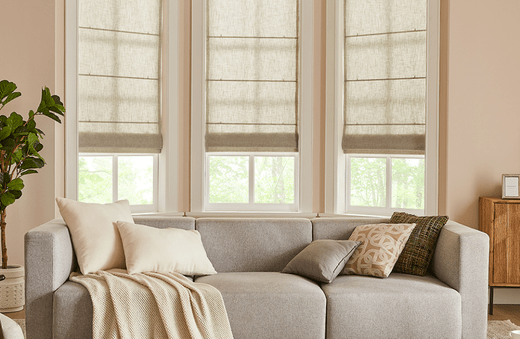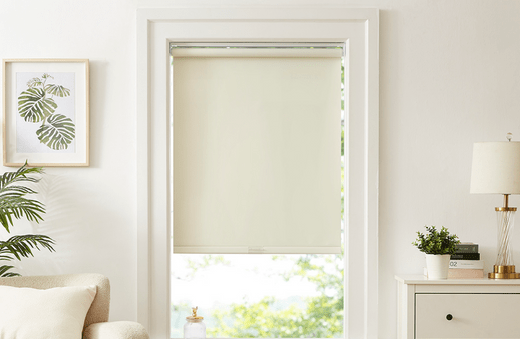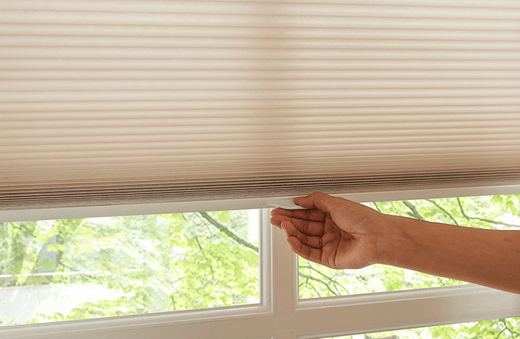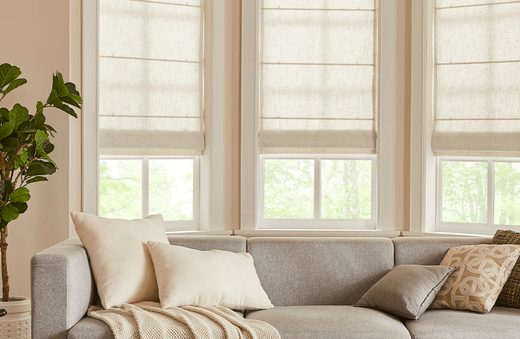Roman Shades vs Blinds: Which to Choose?
When it comes to window treatments, the options can be overwhelming. Two popular choices are Roman shades and blinds, both offering unique benefits and aesthetics. Understanding the differences between these options will help you make an informed decision for your home. In this article, we'll explore Roman shades vs blinds, covering their pros and cons, functionality, and style to help you decide which is the best fit for your space. By delving into their distinctive features, you'll gain insight into how each can enhance your home's ambiance and practicality.

What's the Difference Between Window Blinds and Window Shades?
Before diving into the specifics of Roman shades and blinds, it's essential to understand the general differences between window blinds and window shades. While both serve the purpose of light control and privacy, the way they achieve these goals varies significantly, influencing their suitability for different environments.
Window Blinds
Blinds are hard window coverings with slats or vanes that can be tilted open or closed to control light and privacy. They are typically made from wood, faux wood, aluminum, or vinyl. The slats can be adjusted to let in more or less light, making them versatile for light control. Additionally, their robust construction makes them a durable option, capable of withstanding daily use and environmental stressors.
Blinds are particularly favored in spaces where functionality takes precedence, such as kitchens or bathrooms, where moisture and heat can be factors. Their adjustable slats provide users with the ability to precisely manage the amount of light and privacy, making them a practical choice for many homes.
Window Shades
Shades, on the other hand, are soft window coverings made from fabric or other materials that roll or fold up. Unlike blinds, shades do not have slats. Instead, they are constructed as a continuous piece of material that can be raised or lowered to adjust light and privacy. This design gives shades a clean and uniform appearance, which can be tailored to suit various interior styles.
In addition to their aesthetic appeal, shades offer excellent light filtering options. Depending on the fabric choice, they can provide anything from sheer light diffusion to complete blackout conditions. This versatility makes them an ideal option for bedrooms or media rooms where light control is paramount.
Roman Shades: A Closer Look
Roman shades are a type of window shade known for their elegant and sophisticated look. They are made from fabric or other soft materials and are designed to fold neatly when raised. This characteristic folding mechanism gives them a unique charm that can enhance the decor of any room.
Pros of Roman Shades
- Aesthetic Appeal: Roman shades offer a soft, tailored look that can complement a variety of interior styles, from traditional to modern. Their seamless design can add a touch of sophistication and warmth to any room, making them a popular choice for living rooms and bedrooms.
- Variety of Fabrics: Available in an array of colors, patterns, and textures, Roman shades can be customized to match any decor. This allows homeowners to express their personal style and create a cohesive look throughout their home.
- Insulation: When made with heavier fabrics, Roman shades can provide excellent insulation, helping to maintain room temperature and reduce energy costs. This can be particularly beneficial in climates with extreme temperatures, where energy efficiency is a concern.
- Light Control: Although they don't have slats, Roman shades can still offer good light control. You can choose lighter fabrics for more light or blackout options for total darkness. This flexibility makes them suitable for a variety of spaces, from nurseries to home theaters.
Cons of Roman Shades
- Cost: Roman shades tend to be more expensive than traditional blinds due to their fabric and design. The custom nature and high-quality materials often used can significantly increase the price, which might not fit all budgets.
- Maintenance: They can be harder to clean, especially if made from delicate fabrics. Regular maintenance may include vacuuming with a brush attachment or professional cleaning, which can be a consideration for busy households.
- Space Requirement: When fully raised, Roman shades can stack at the top of the window, which might block part of the view. This can be a concern in rooms where maximizing natural light and views is desired, such as in home offices or kitchens.
 Blinds: A Closer Look
Blinds: A Closer Look
Blinds are a practical and functional choice for window coverings. They are made from various materials and are known for their durability and ease of use. Their straightforward design and adjustability make them a staple in many households.
Pros of Blinds
- Versatility: Blinds come in a range of materials, including wood, faux wood, aluminum, and vinyl, allowing you to choose the best option for your needs and budget. This variety makes it easy to find blinds that fit both the style and functional requirements of any room.
- Light Control: With adjustable slats, blinds offer superior control over the amount of light entering a room. This makes them ideal for spaces like offices or living rooms, where varying light conditions are preferred throughout the day.
- Durability: Blinds, especially those made from wood or metal, are durable and long-lasting. They can withstand frequent use and are less likely to show wear and tear over time, making them a cost-effective option in the long run.
- Easy Maintenance: Blinds are generally easy to clean with just a damp cloth or duster. This low-maintenance feature makes them suitable for high-traffic areas or homes with children and pets.
Cons of Blinds
- Aesthetic Limitations: While blinds are functional, they may not offer the same level of elegance or warmth as fabric shades. Their utilitarian look might not be suitable for all decor styles, particularly in more luxurious settings.
- Noise: Metal and wood blinds can be noisy when adjusted or when the wind hits them. This can be a distraction in quiet environments such as bedrooms or home offices.
- Limited Insulation: Blinds do not provide as much insulation as fabric shades, which might lead to higher energy costs in extreme climates. This can be a concern in areas with harsh winters or hot summers, where controlling indoor temperatures is essential.
Roman Shades vs Blinds: Style and Modernity
In the debate of shades vs blinds, style and modernity are crucial factors for many homeowners. The choice between the two often comes down to personal preference and the desired aesthetic outcome.
Are Blinds or Shades More Modern?
Both blinds and Roman shades can suit modern interiors, but the choice often depends on the desired aesthetic. Roman shades can offer a softer, more tailored look, while blinds provide a sleek, minimalist feel. Consider the overall style of your room when making your decision. Roman shades might be more suitable for spaces seeking a blend of modernity with classic elegance, while blinds can complement a contemporary, streamlined design.
Cellular Shades vs Blinds
For those seeking a modern and energy-efficient option, cellular shades, also known as honeycomb shades, are an excellent alternative to traditional blinds. They provide superior insulation and a sleek look, making them ideal for contemporary spaces. The honeycomb structure traps air, providing an extra layer of insulation, which can be beneficial in reducing energy costs.

Roller Shades vs Roman Shades
Roller shades and Roman shades each have their advantages. Roller shades are simple and functional, making them perfect for minimalist spaces. Their straightforward design allows for easy operation and maintenance, appealing to those who prefer a no-fuss approach. Roman shades, with their elegant folds, add a touch of luxury and can be a focal point in a room. They are ideal for areas where a decorative statement is desired without sacrificing functionality.

Making the Right Choice
Ultimately, the decision between Roman shades and blinds depends on your specific needs and preferences. Consider the following:
- Budget: Blinds are generally more budget-friendly, while Roman shades can be an investment. Evaluate your financial constraints and the long-term value each option provides.
- Style: Consider the decor of your room and whether you prefer the softness of fabric shades or the clean lines of blinds. Your choice should enhance the existing design elements while meeting your functional needs.
- Functionality: Think about how much light control and privacy you need in each room. The purpose of the space can guide your decision, whether it's a bedroom requiring blackout conditions or a living room needing adjustable light.
Conclusion
Choosing between Roman shades and blinds can be challenging, but understanding the differences and benefits of each option will help you make an informed decision. Whether you prioritize style, functionality, or cost, there's a perfect window treatment for every home. Consider your needs and preferences to create a space that is both beautiful and functional. By weighing the pros and cons of each option, you can enhance your living environment, reflecting your personal taste and lifestyle.
